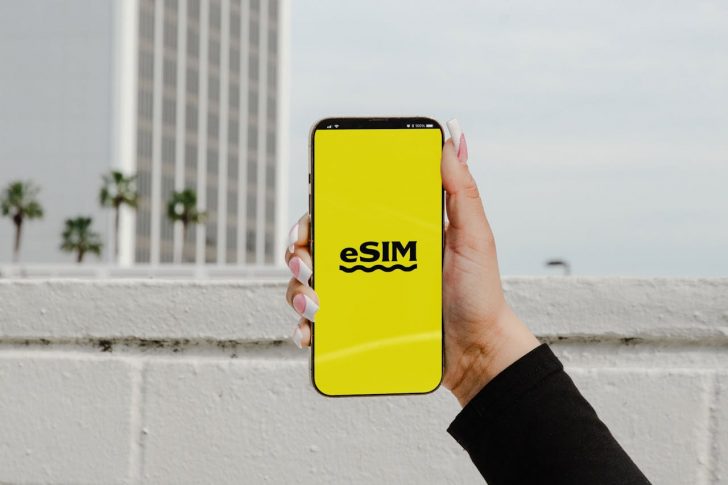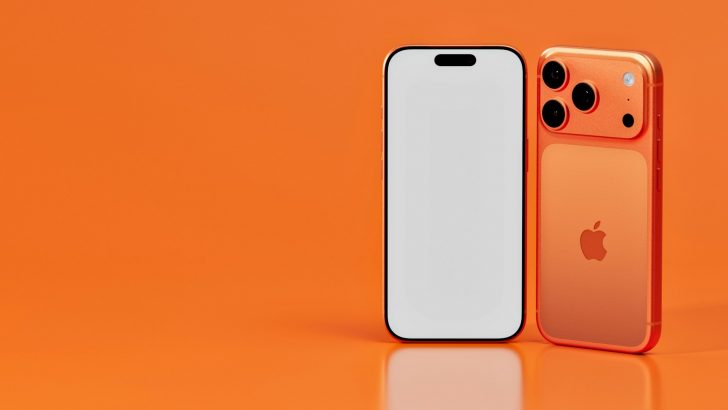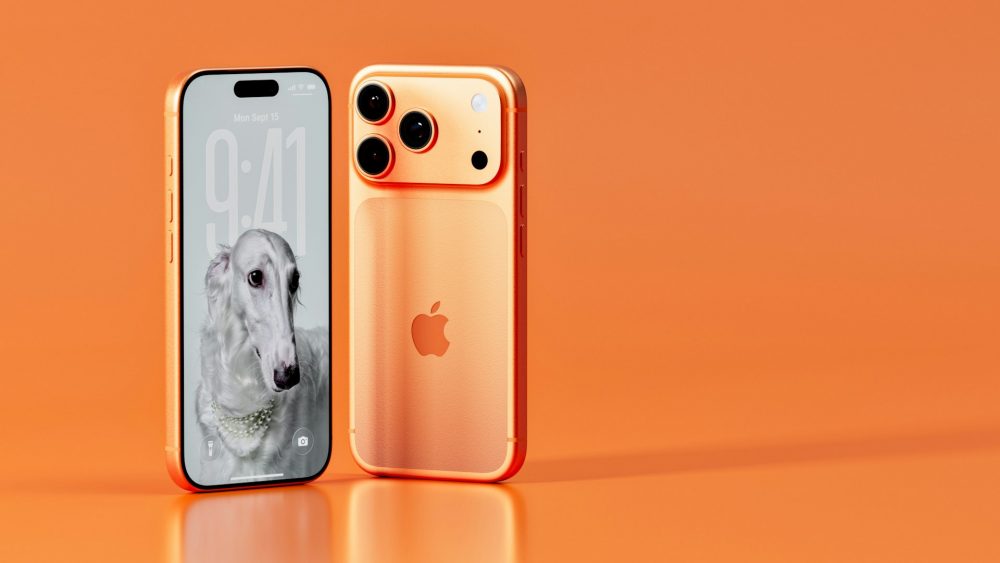Apple is making another bold move with the iPhone 17 lineup, and this time, it is saying goodbye to physical SIM cards. Yep, that tiny plastic chip you have been popping in and out of phones for years is on the way out, and Apple is not looking back.
The shift started quietly back in 2022 with U.S. iPhone 14 models. Now, Apple is going global. The iPhone 17 series, especially the sleek new iPhone Air, is pushing hard toward an eSIM-only future. Some regions like China might hang on to physical SIMs for now, but for much of the world, the change is already here.
Apple Pushes the eSIM Agenda
The new iPhone Air is the thinnest iPhone ever, just 5.6mm thick. There is no room left for a SIM tray, and that is not an accident. Apple’s chasing a thinner, more efficient design, and ditching the SIM card is part of that plan.
The iPhone 17, 17 Pro, and 17 Pro Max also follow suit in many major markets, including the U.S. and much of Europe. Apple’s retail training in countries like Germany and France confirms it.

Jacob / Unsplash / eSIMs are built into the phone, so if your device gets stolen, the SIM can’t be removed or swapped. That means thieves can’t easily hijack your number. For users, that is peace of mind.
Switching carriers is also smoother. You can store up to eight eSIMs on a single device and flip between them without touching a single card. This makes international travel and multi-network use way more flexible.
eSims Are Actually Good for the Planet
eSIMs also align with Apple’s environmental goals. No plastic card, no wasteful packaging, no SIM ejector tool. It is one less thing to toss in the landfill!
Inside the phone, the space saved from removing the SIM tray can be used for more important tech, like a bigger battery or better sensors.
While Apple is charging ahead with eSIMs globally, not every region is on the same page. Mainland China still prefers physical SIM cards, mostly due to regulations and telecom infrastructure.
Hong Kong and Macao, on the other hand, are already supporting dual nano-SIMs in some models.
How Carriers Are Dealing With the Shift
This change affects users and mobile carriers. They now need to support digital provisioning, which could lower costs but also create new headaches. Switching networks becomes easier, which means more competition.
It is a wake-up call for telecoms to modernize their systems and offer better service. The carriers who adapt fastest will win. The ones who drag their feet might lose out.

Igor / Unsplash / Tech-savvy users and frequent travelers are already loving the switch. However, some folks, especially older users, might find eSIM activation confusing at first.
Apple and carriers will need to make onboarding easier. The smoother the transition, the quicker the adoption. It is happening, but some hand-holding might still be needed.
Analysts predict that over 3 billion smartphones will use eSIMs by 2030. And when Apple makes a move, the rest usually follow. Remember the headphone jack? The home button? USB-C? Like it or not, Apple sets the pace.
Samsung, Google, and others are still giving users both options in most regions. But that is changing. As eSIMs become easier to manage, more phone makers will likely start phasing out physical SIM slots.
Apple’s aggressive shift will likely tip the scales. Once users get used to it, they will wonder why SIM cards ever existed at all.

